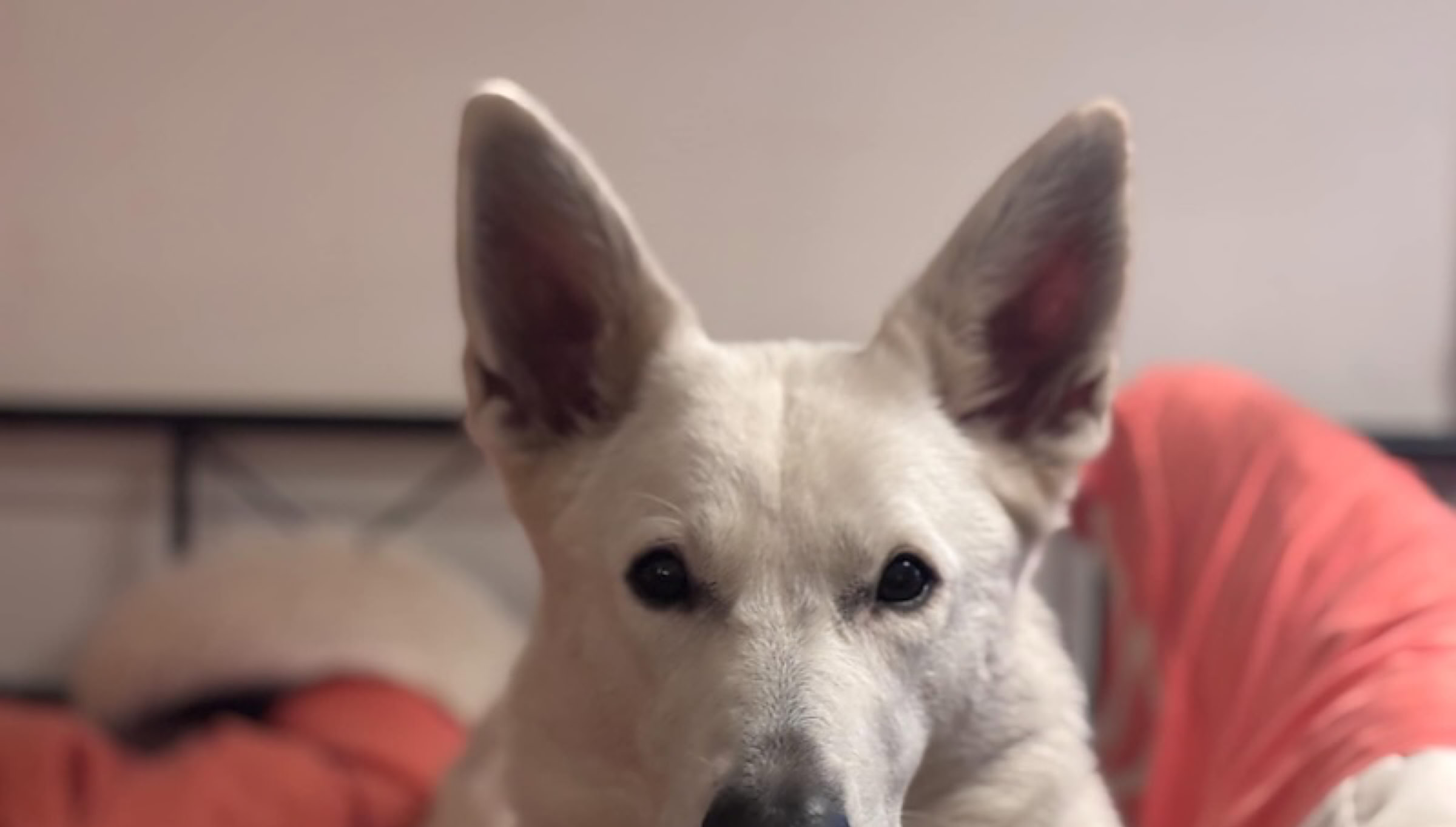

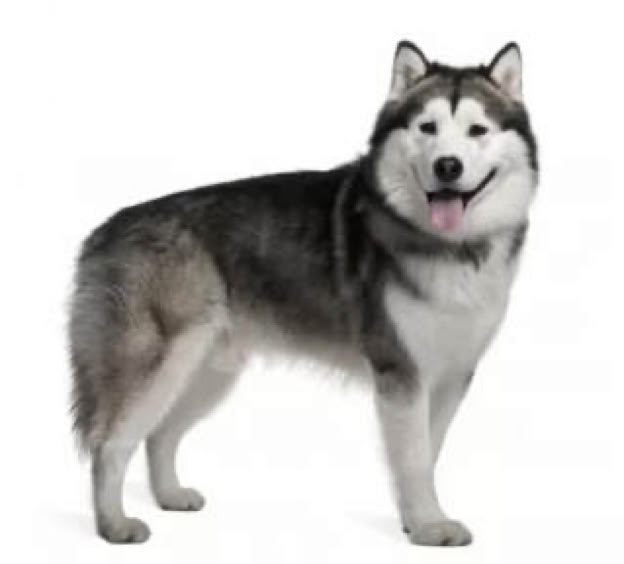
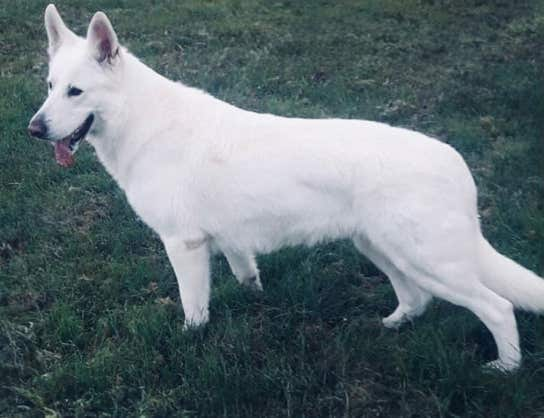
NeverendingDog Project
Preservation of the White Swiss Shepherd
Based on my formulated criteria I am contemplating the following breeds for crossbreeding: Alaskan Malamute, Siberian Husky, and German Shepherd Dog. Below you find more information about these dogs.
Other possible (mix) breeds to use for outcross are (and this list is not limited): Wolf Dog, Tamaskan, Northern Inuit, Can de Palleiro, Carolina Dog.
Alaskan Malamute
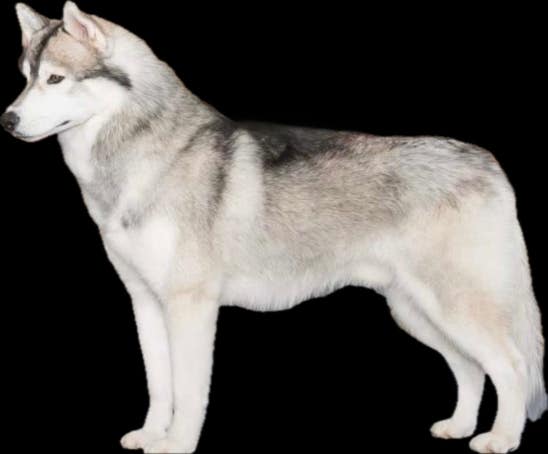
Siberian Husky
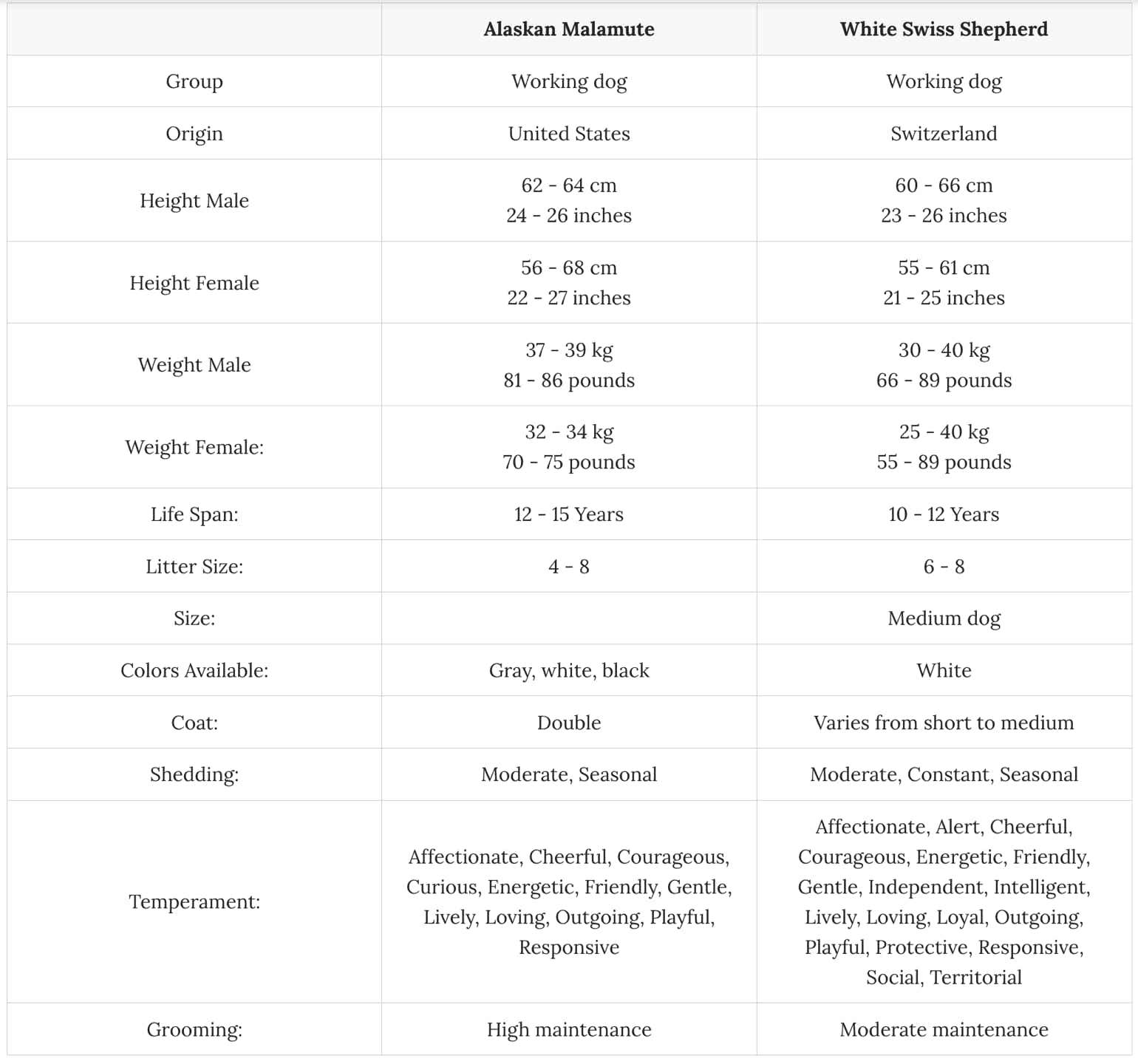
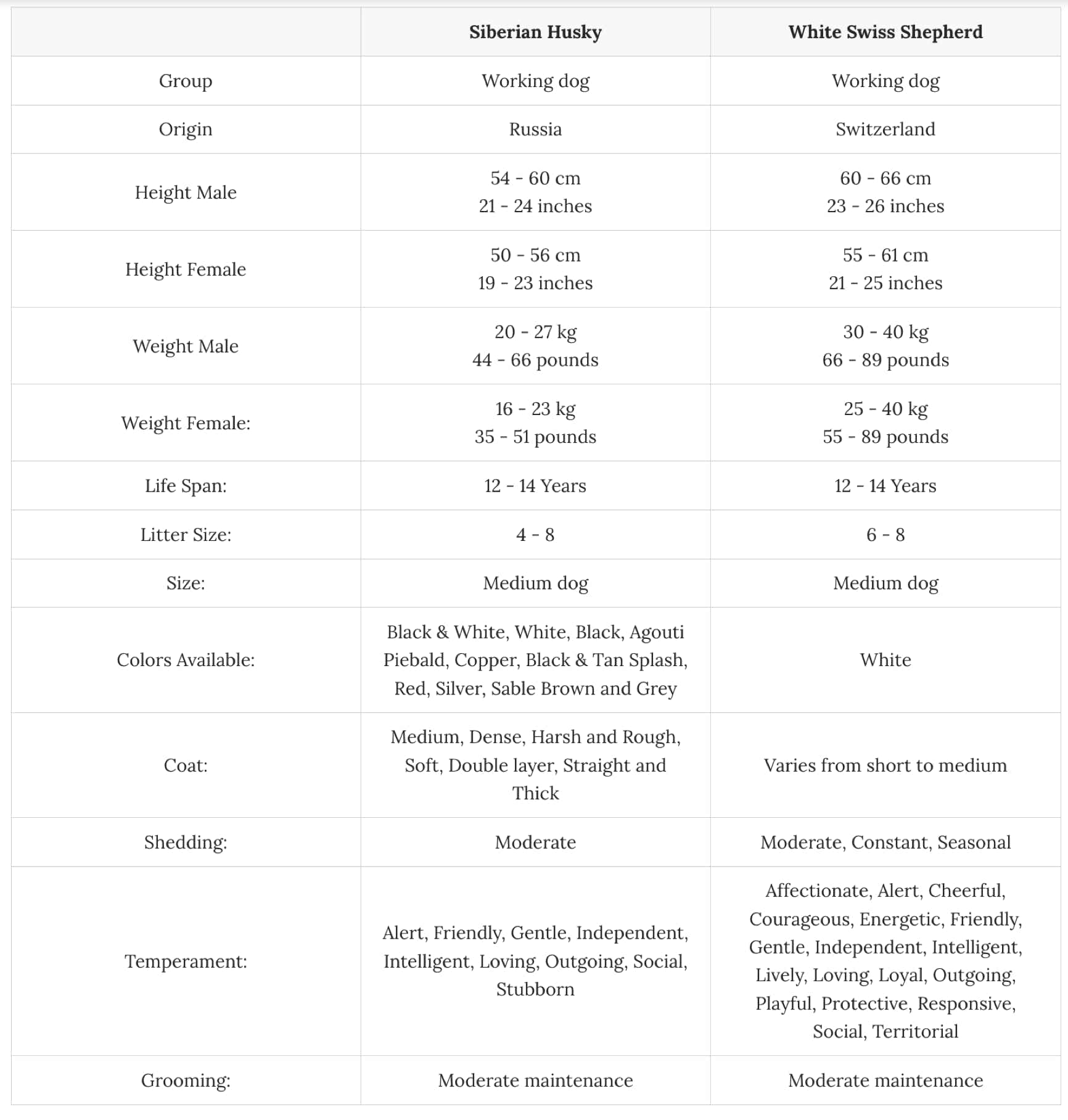
The Alaskan Malamute is one of the oldest Arctic sledge dogs.
Physical Appearance: Powerful and well-muscled dog with a deep chest, erect triangular ears, and a thick double (mostly multiple colored) coat.
Distinguishing Features: Broad head, bulky muzzle, and face markings like a cap, bar, or mask.
Purpose and Temperament: Built for strength and endurance, not speed, with a steady and tireless gait.
Health Problems: Alaskan Malamute is a very healthy breed. Cataract, Chondrodysplasia, Polyneuropathy and hip dysplasia are the most common health issues.
Breed standards American Kennel Club (AKC) of the Alaskan Malamute you can find HERE
Siberian Huskies, closely associated with the Chukchi people, a tribe of Siberian nomads, are believed to have originated with them. DNA tests have confirmed their status as the oldest dog breed, and they were instrumental in Siberian nomads’ swift travel. Huskies also provided warmth to children, and they continue to be affectionate companions. During the 1908 gold rush, huskies were imported to Alaska and utilized as sled dogs. Today, they remain an integral part of Alaskan dog sled racing.
Siberian Huskies embarked on a journey across North America after being exported from Siberia. The American Kennel Club recognized them in 1930, and the Siberian Club of America was established in 1938.
Physical Appearance: Medium-sized, compact, well-furred body with erect ears and a brush tail, suggesting a Northern heritage.
Temperament: Quick, light on their feet, free, graceful, and effortless in action.
Working Ability: Capable of carrying a light load at a moderate speed over great distances.
Health Problems: Siberian huskies may suffer from health issues like hypothyroidism, hip dysplasia, retinal atrophy, and cataracts. They can also lose pigment in nose and muzzle.
Siberian Huskies are friendly, gentle, and outgoing, but not overly possessive or aggressive. They are intelligent, tractable, and eager, making them agreeable companions and willing workers.
Breed standards American Kennel Club (AKC) of the Siberian Husky you can find HERE
White (German) Shepherd
I believe that exclusively breeding White Swiss Shepherds with German Shepherds won’t adequately expand their gene pool, as they already share the same ancestors as German Shepherd Dogs. I don’t want to exclude them completely either, but it’s not my first choice.
Physical Appearance: Medium to large-sized, muscular, strong, white double coat, intelligent face, long muzzle, erect ears, long tail.
Temperament: Highly intelligent, easily trainable, playful, good with children and other pets.
Size and Weight: 55 to 65cm in height, 35 to 40kg in weight.
It was in 1969 that the U.S. and Canada formed White German Shepherd breed clubs and the breed was actually recognized by the UKC in 1999. However, the white shepherd and the White Swiss Shepherd are basically the same so I am not going into further detail about this breed.
2025 ©Website Neverendingdog Project designed and built in corporation by Eveline Broeders-Wilke & Sunnyside Sisters Bed and Breakfast. All rights served.
It's not allowed to use pictures and text without consent of Eveline Broeders-Wilke.